In the words of Dad’s Army’s Private Frazer: ‘We’re all doomed.’ Life remains a dangerous business whose outcome is always fatal. Despite all kinds of medical progress, the death rate is stubbornly fixed at 100 per cent, while the ways in which we die remain unchanged.
At the same time, in a magnificent demonstration of cognitive dissonance, abetted by medical science, the human animal continues to cherish the fantasies of immortality that enable us, in Churchill’s stoic formula, to ‘keep buggering on’.
This thrilling tension between the forces of life and death has always inspired two basic attitudes to mortality. First, a realistic, even forensic, fascination with the sensations and protocols of that last exit. Second, a kind of blithe detachment from it.
With the End in Sight and From Here to Eternity express both of these moods. Depending on your point of view — morbid or never say die — each title has something useful to say to the baby-boom generations for whom, in the words of Kathryn Mannix, a seasoned death consultant, ‘death has become increasingly taboo’.
Mannix not only wants to ‘talk about dying’, she is also determined to make death a part of everyday life in the way it was for our ancestors. She argues that we have lost the familiarity we once had with the inevitable end-game. We have also lost the vocabulary and etiquette surrounding the appearance of the grim reaper:
Instead of dying in a dear and familiar room with people we love around us, we now die in ambulances and emergency rooms and intensive care units, our loved ones separated from us by the machinery of life preservation.
Mannix is not only a more serious writer than Caitlin Doughty, her narrative gains greatly from the specificity of a focus derived from the intense variety of her experience in palliative medicine. Although With the End in Mind is rich in arresting, and occasionally moving, deathbed scenes, its message is simple: ‘Living is precious, and is perhaps best appreciated when we live with the end in mind.’
En route to this conclusion, Mannix takes us via the Intensive Care Unit, mortuary and operating theatre to the many antechambers of death and dying. She is nothing if not critical of the zeitgeist, regretting that euphemisms such as ‘passed’ or ‘lost’ have replaced ‘died’ and ‘dead’. Above all, Mannix wants to reclaim the language of illness and dying for better conversations about death.
As well as her preachy subtitle — ‘Dying, Death and Wisdom in an Age of Denial’ — Mannix also punctuates her graveside stories with crisp homilies drawn from her hospice experience, and concludes with a ‘last letter’ template for the imaginatively moribund. To find the brighter side of this depressing subject, we must cross to America.
In From Here to Eternity, Caitlin Doughty, a bestselling Californian mortician and co-founder of The Order of the Good Death, is here to make popping one’s clogs seem as normal as popping to the shops. She is ‘travelling the world to find a good death’, but she is also in search of a good laugh.
Where Mannix is earnest, Doughty is fun, with an eye for the bizarre and the absurd. This freewheeling account of her investigations, with its gee-whiz tone of excitement at the strangeness of death in foreign parts, takes her from the US to Indonesia, Mexico and Spain, thence to Japan before ending up back home in California. Appropriately, for a funky picaresque, Doughty’s journey is punctuated with some quasi-primitive cartoonish illustrations.
At the same time, Doughty echoes Mannix, regretting the way in which grieving families have become ‘separated from their dead’. For her, this terminal alienation is the crux of the end-game.
Her journey becomes a search for ‘the Holy Grail of corpse interaction’. She hits the road in quest of cultures untroubled by the western taboos surrounding mortality. Meeting death everywhere, she celebrates the ‘death space’, from the open-air pyres of Columbia to the glowing Buddhas of Japan. Doughty becomes at her most ecstatic when she encounters ‘unimaginable grief, but no shame’.
Her rambling tour of ‘good deaths’ ranges from the Japanese ritual of kotsuage, where relatives pick their loved ones’ bones from the crematorium with chopsticks, to the natitas of Bolivia, cigarette-smoking skulls that grant mourners’ wishes. Doughty herself favours something simpler for the happy corpse, ‘a hand-made shroud lined with peacock feathers and palm fronds’. Although she never refers to Evelyn Waugh, somewhere in eternity’s sunrise the author of The Loved One will be rubbing his hands with glee.
Got something to add? Join the discussion and comment below.
Get 10 issues for just $10
Subscribe to The Spectator Australia today for the next 10 magazine issues, plus full online access, for just $10.
You might disagree with half of it, but you’ll enjoy reading all of it. Try your first month for free, then just $2 a week for the remainder of your first year.

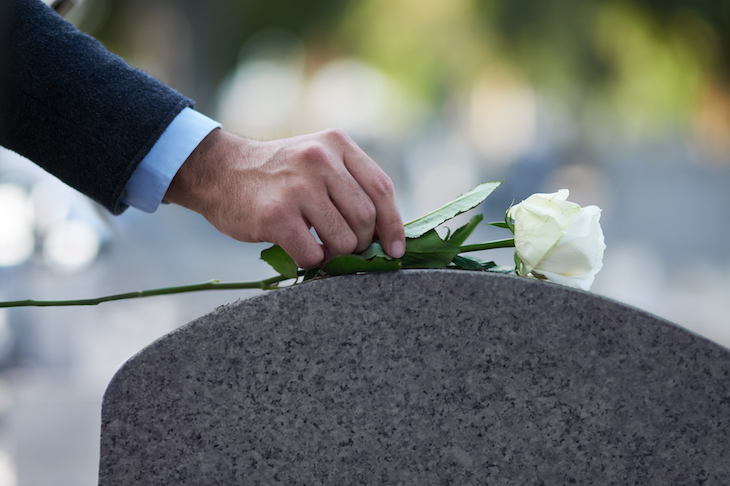
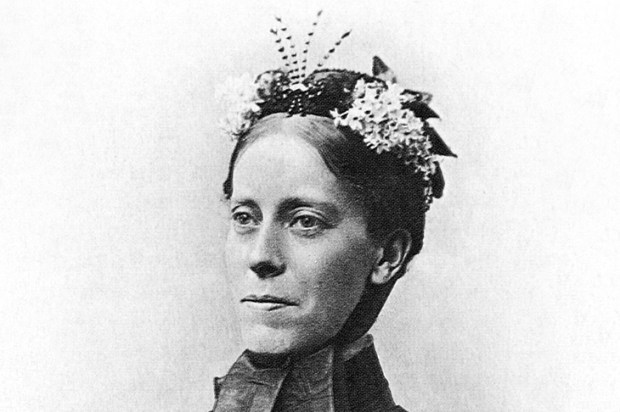
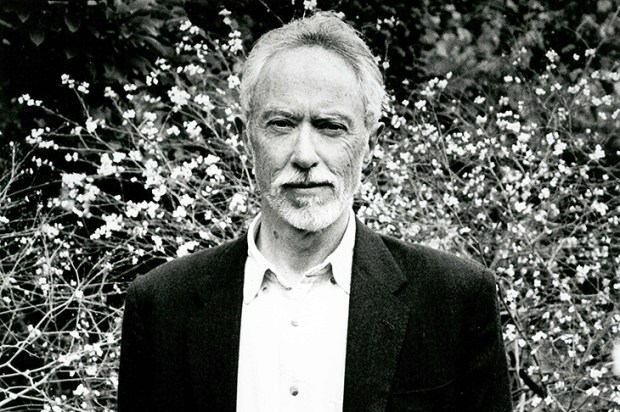
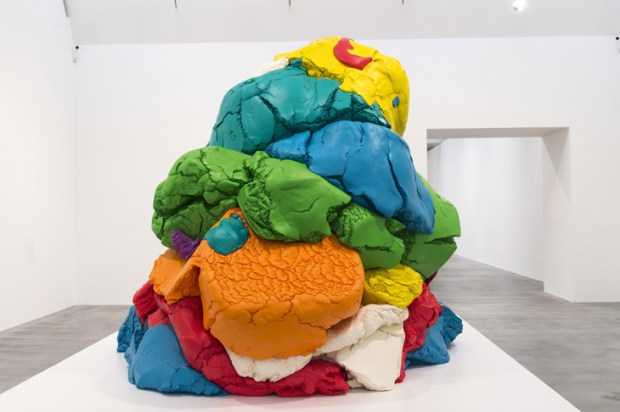
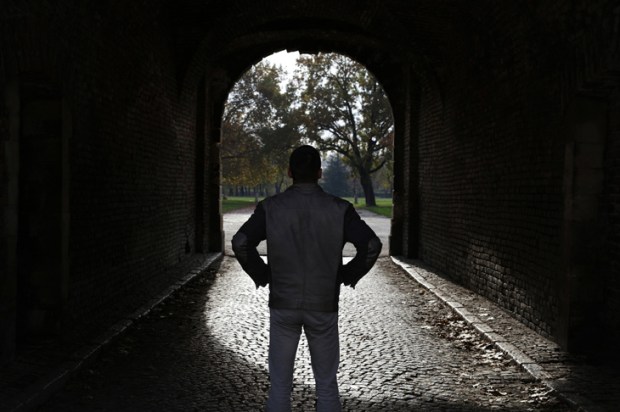

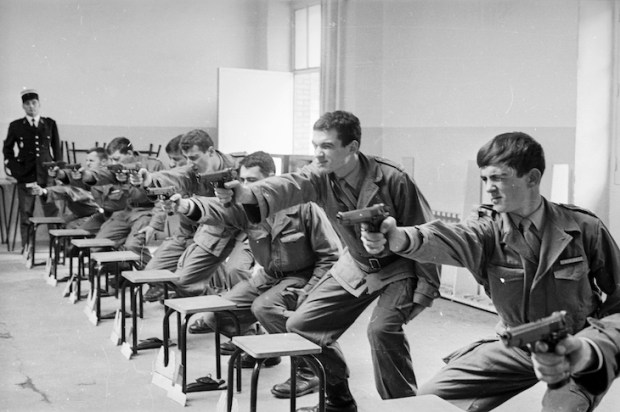






Comments
Don't miss out
Join the conversation with other Spectator Australia readers. Subscribe to leave a comment.
SUBSCRIBEAlready a subscriber? Log in